-
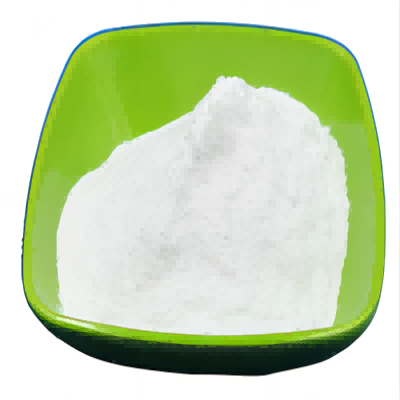
Glycine CAS:56-40-6 Manufacturer Supplier
Glycine (abbreviated as Gly or G) is an organic compound with the formula NH2CH2COOH. Having a hydrogen substituent as its side-chain, glycine is the smallest of the 20 amino acids commonly found in proteins. Its codons are GGU, GGC, GGA, GGG of the genetic code.Glycine is a colourless, sweet-tasting crystalline solid. It is unique among the proteinogenic amino acids in that it is not chiral. It can fit into hydrophilic or hydrophobic environments, due to its minimal side chain of only one hydrogen atom. Glycine is also the genus name of the Soybean plant (species name = Glycine max).
-

Monosodium Phosphate CAS:7558-80-7 Manufacturer Supplier
Sodium dihydrogenphosphate is a sodium phosphate.Sodium phosphate monobasic is an effective oral osmotic laxative at minimal concentration. It is used for colonic cleansing before endoscopic examination of colon.Monobasic sodium phosphate is widely used as an excipient in parenteral, oral, and topical pharmaceutical formulations.
-

Glucomannan (Konjac Flour) CAS:11078-31-2 Manufacturer Supplier
Glucomannan is a linear polysaccharide comprising 1,4-β-linked D-glucosyl and D-mannosyl residues, where the glucose:mannose (Glc:Man) ratio varies considerably. Konjac (Amorphophallus konjac) glucomannan has a Glc:Man ratio of approx. 2:3, Aloe vera glucomannan a ratio of 1:2, and salep (Orchis mureo) glucomannan has a ratio of approximately 1:4. All of the polysaccharides are acetylated, which imparts water solubility. Glucomannans are major cell-wall reserve carbohydrates in tubers of several plant genera. At certain stages in the development of the plants, the glucomannan is degraded and serves as an energy source.
-
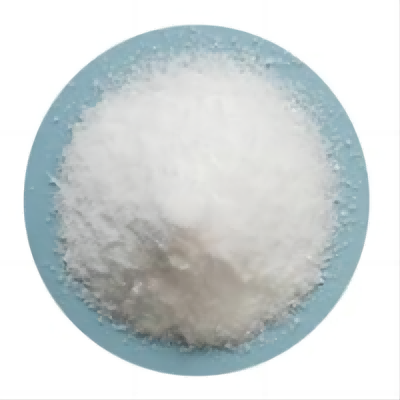
Sorbic Acid CAS:110-44-1 Manufacturer Supplier
Sorbic acid, also known as herbal tea acid, 2,4-hexadienoic acid, 2-propenyl acrylic acid, with molecular formula C6H8O2, is a food additive that has inhibitory effects on many fungi such as yeast and mold. It is also used in animal feed, cosmetics, pharmaceuticals, packaging materials and rubber additives.
-
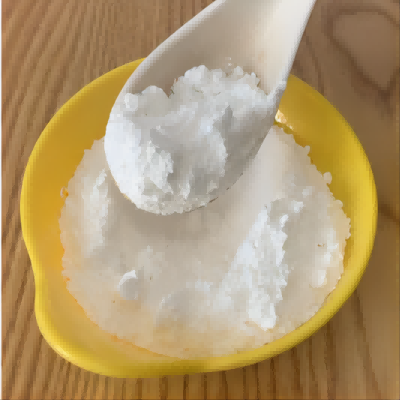
Ethoxyquin CAS:91-53-2 Manufacturer Supplier
Ethoxyquin is used as an antioxidant in animal feed and caused contact dermatitis in a worker at an animal feed mill.Ethoxyquin is a quinoline that is 1,2-dihydroquinoline bearing three methyl substituents at position 2, 2 and 4 as well as an ethoxy substituent at position 6. It has a role as a herbicide, an UDP-glucuronosyltransferase activator, a neuroprotective agent, a Hsp90 inhibitor, a genotoxin, a food antioxidant, a geroprotector and an antifungal agrochemical. It is a member of quinolines and an aromatic ether.
-
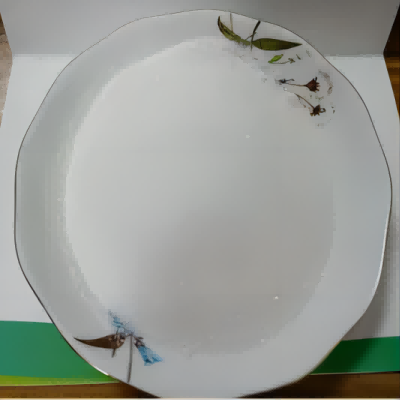
Ethyl Maltol CAS:4940-11-8 Manufacturer Supplier
Ethyl Maltol is a flavoring agent that is a white, crystalline powder. it has a unique odor and a sweet taste that resembles fruit. the melt- ing point is 90°c. it is sparingly soluble in water and propylene gly- col and soluble in alcohol and chloroform. it is obtained by chemical synthesis.Ethyl maltol is a synthetic homologue of maltol, often found as flavor enhancers and it contributes to the fragrance of commercials products such as cereals, breads, malt beverages, coffee, soybeans and chocolate milk.
-
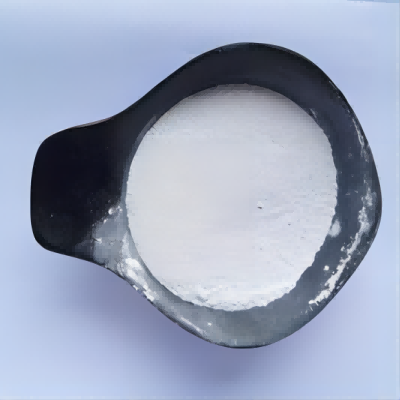
Butylated Hydroxy Anisole (BHA) CAS:25013-16-5 Manufacturer Supplier
Butylated hydroxyanisole is an antioxidant with some antimicrobial properties. It is used in a wide range of cosmetics, foods, and pharmaceuticals. When used in foods, it is used to delay or prevent oxidative rancidity of fats and oils and to prevent loss of activity of oil-soluble vitamins.Butylated hydroxyanisole (BHA) is an antioxidant widely used in food. Because it is contained in pastry, it can induce sensitization in caterers.
-
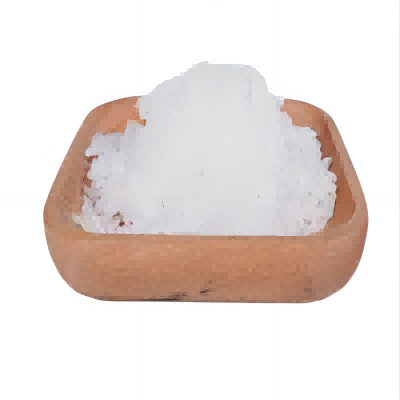
Calcium Stearyl Lactate (CSL) CAS:5793-94-2 Manufacturer Supplier
Calcium Stearyl Lactylate is used as the mineral fortifier in sports beverage, juice, diet foods and baby products because of its neutral taste, stability and high bioavailability.Calcium Stearyl Lactylate is used in jelly, gum, jam and minced fish to adjust pH, stabilize gel and enhance the gel strength.Calcium Stearyl Lactylate is used in tooth paste to prevent mineral loss from the enamel, reduce formation of dental calculus and protect teeth.Calcium Stearyl Lactylate is used in some pharmacies for direct compress tablet.
-

Tea Polyphenols CAS:84650-60-2 Manufacturer Supplier
Tea polyphenols exhibit anti-carcinogenic, anti-oxidative, anti-allergic, antiviral, anti-hypertensive, anti-atherosclerosis, anti-cardiovascular disease and anti-hypercholesterolemic activities. EGCG has shown to inhibit hepatitis C virus entry and carcinogenesis. Studies suggest that tea polyphenols may help treat health conditions including atherosclerosis, high cholesterol, and cancers including bladder cancer, breast cancer, ovarian cancer, colorectal cancer, esophageal cancer, lung cancer, pancreatic cancer, prostate cancer, skin cancer, and stomach cancer. Tea polyphenols could be helpful in treating inflammatory diseases.
-
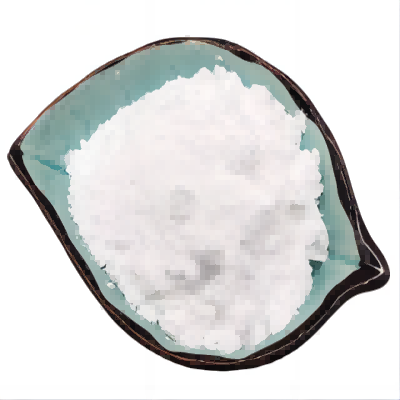
Lutein(Progesterone) CAS:57-83-0 Manufacturer Supplier
Progesterone is a hormone released by luteal cells in the ovaries which contains 21 Carbon Atoms. Progesterone is also a crucial metabolic intermediate in the production of other endogenous steroids. There are two crystal forms of progesterone, that are type-α and type-β, the two types have similar physiological activity. Type-α is precipitated from dilute ethanol as orthorhombic white prismatic crystal, while type-β is orthorhombic white needle crystal, they are both insoluble in water, but soluble in ethanol, ethyl ether, chloroform, acetone, dioxane and concentrated sulfuric acid.
-
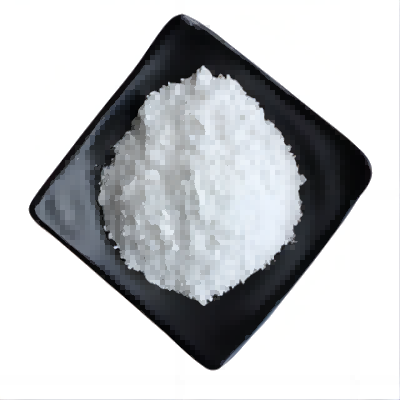
Gluconic Acid CAS:526-95-4 Manufacturer Supplier
Gluconic acid (also known as gluconate) is an organic compound occurring widely in nature arising from the glucose oxidation. It is naturally found in fruit, honey and wine. It can also be used as a food additive to regulate acidity and a cleaning agent in alkaline solution. Its calcium salt, calcium gluconate can be used to treat burns from hydrofluoric acid and avoid necrosis of deep tissues as well as treating the verapamil poisoning and hypocalcemia in hospitalized patient. Some salts of gluconate can also be used to treat malaria (quinidine gluconate) and anemia (ferrous gluconate). In microbiology, gluconate is a common carbon source that can be supplemented to the medium for cell growth.
-
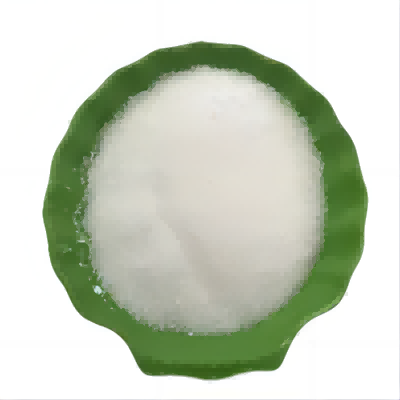
Tertiary Butylhydroquinone (TBHQ) CAS:1948-33-0 Manufacturer Supplier
Tert-Butylhydroquinone (TBHQ) is an antioxidant used to preserve oils, fats and food items. It is found in vegetable oils and animal fats, varnishes, lacquers, resins, oils field additives, and perfumes.In low concentrations it shows cytoprotective qualities while at higher concentrations it exhibits cytotoxic behavior.TBHQ was used to study the inactivation of barotolerant strains of Listeria monocytogenes and Escherichia coli.Environment friendly electrode materials for supercapacitors were attained by decorating the surface of graphene nanosheets with TBHQ.

